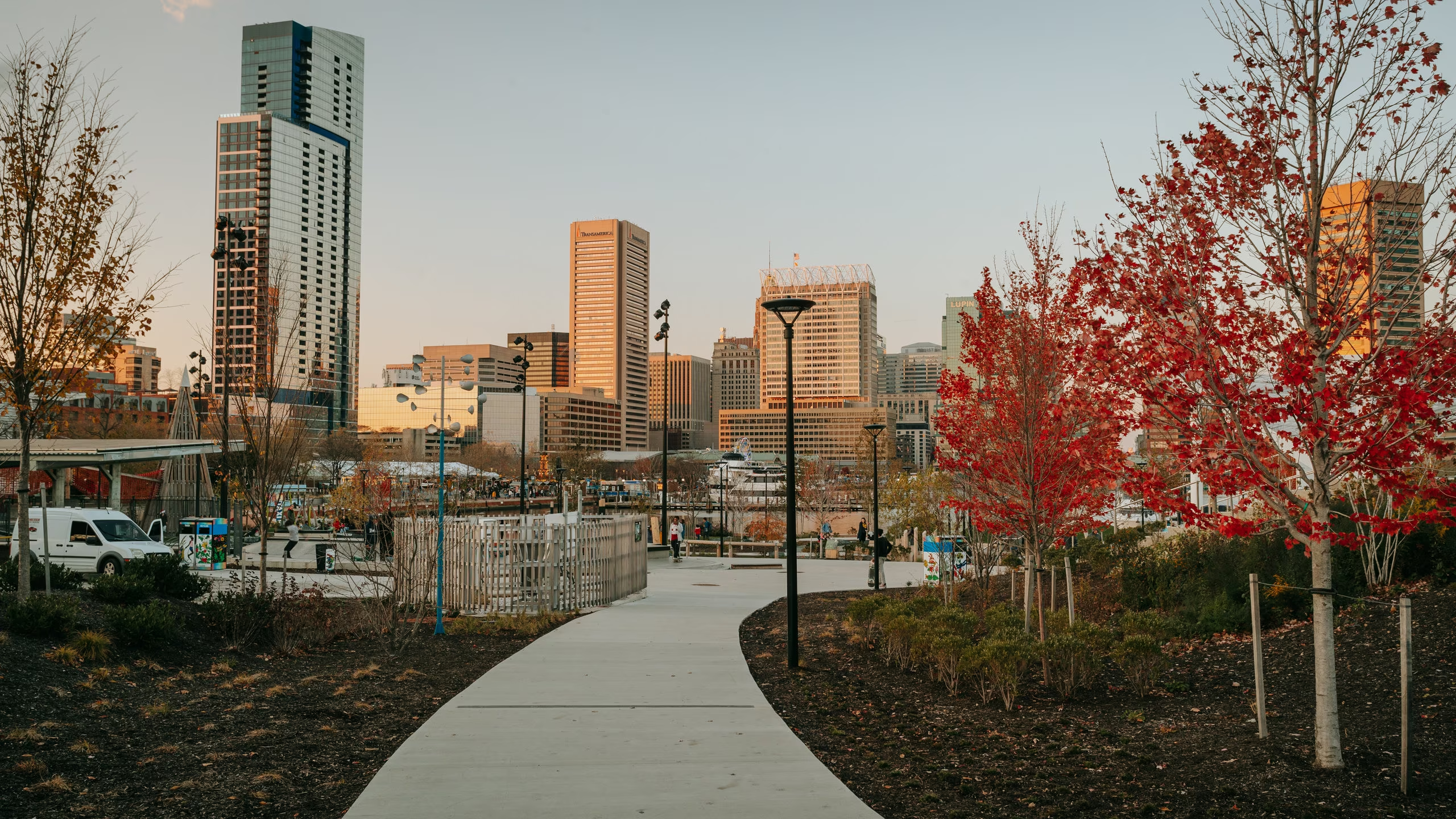24/7 Helpline:
(866) 899-111424/7 Helpline:
(866) 899-1114
Learn more about Cocaine Rehab centers in District Heights
Cocaine Rehab in Other Cities

Other Insurance Options

Humana

Health Choice

Ceridian

UMR

Aetna

Premera

Amerigroup
Beacon

State Farm

Multiplan

Highmark

American Behavioral

Meritain

Health Net

Lucent

Holman Group

Ambetter

WellCare Health Plans

Providence

Sliding scale payment assistance

Oxford House Serenity Lane
Oxford House Catalyst is a non-profit house located in Montgomery, AL. The Oxford House has a unique...






















Alcohol and Drug Recovery
Alcohol and Drug Recovery is the oldest free-standing outpatient treatment center in the area. Alcoh...

Vesta
Vesta is a private rehab located in District Heights, Maryland. Vesta specializes in the treatment o...

Fields and Fields Treatment Center
Fields and Fields Treatment Center is a private rehab located in District Heights, Maryland. Fields ...



